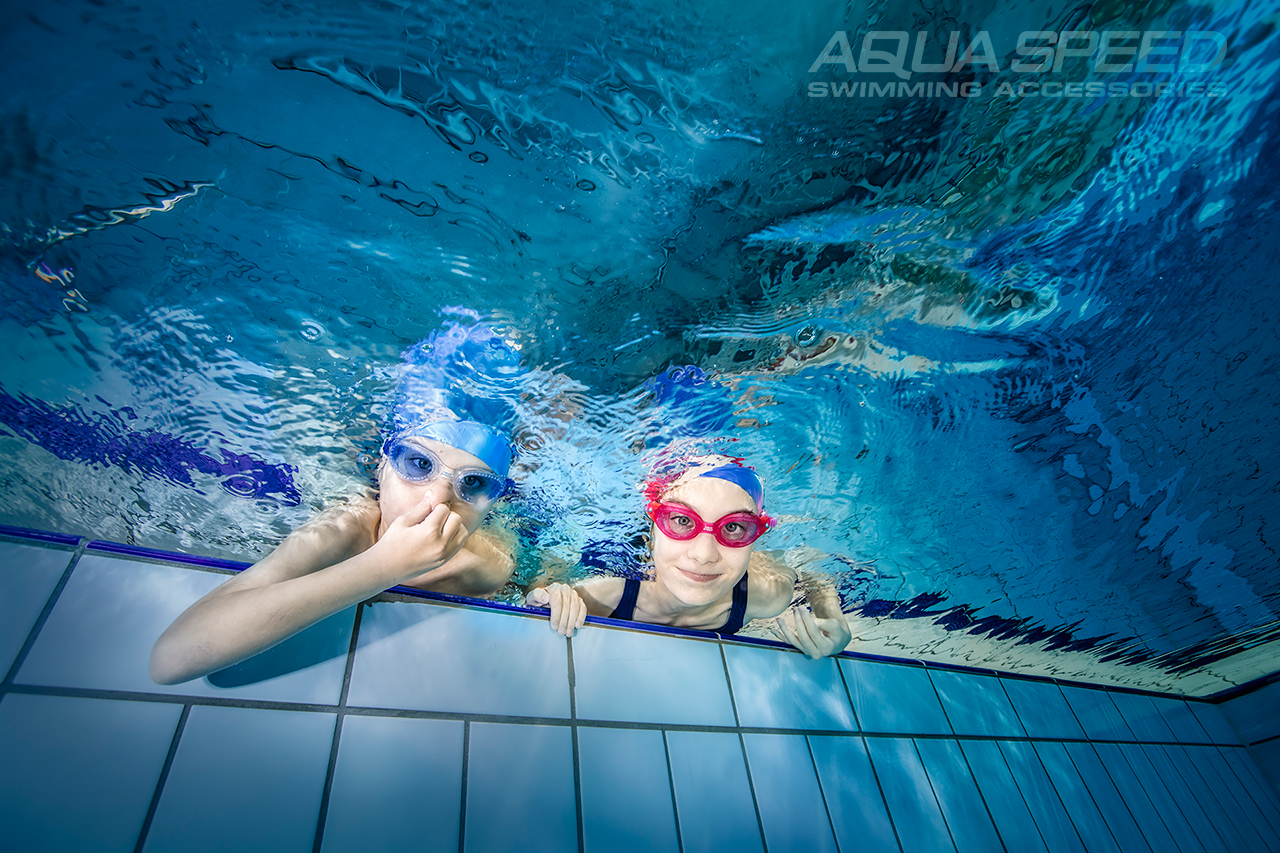Which Swimming Goggles Should You Choose for a Child?

Most pool users require swimming accessories such as caps, goggles, or masks to enhance their training or play in the water. When choosing swimming goggles for children, the same principles apply as for adults—with particular attention to the energetic behavior of young swimmers. Properly fitted, securely staying children's swimming goggles are essential.
Why Do Kids Need Swimming Goggles at the Pool?
Swimming goggles are often associated with professional swimmers, but they serve a broader purpose. For children, the primary role of goggles is to protect their eyes from the harmful effects of disinfecting chemicals (such as chlorine) in pool water, as well as from various contaminants and microorganisms that may be present. Pools, due to the high density of users, expose children to these risks, making it crucial to ensure their protection.
Choosing Swimming Goggles for Children – The Seal Test
When testing swimming goggles for a child, place the goggles on their eyes without securing the strap around their head. Well-fitted goggles should "suction" to the skin for a few seconds. This indicates that they fit correctly by adhering properly to the area around the eyes. Goggles that are too large won’t form a tight seal due to the shape of the face, while overly small goggles may seal well but will likely be uncomfortable, causing the child to remove them.
What to Consider When Buying Swimming Goggles for Kids?
- Lens - For children's swimming goggles, the most important features are the field of vision and an anti-fog coating to prevent constant fogging. Frequent interruptions to clean and adjust goggles can make them lose their protective functionality and frustrate the child.
- Field of Vision - Some children’s swimming goggles offer a wide field of vision, often referred to as panoramic goggles. These are a great choice as they help kids maintain spatial awareness while swimming (especially when surfacing) and increase comfort during water play.
- Seal - For children, a wide seal made from soft silicone or rubber works best, ensuring both comfort and a watertight fit. Foam seals are the least durable option.
- Adjustable Nose Bridge - An adjustable nose bridge allows the goggles to be customized to fit the distance between the child’s eyes, usually with 2 to 4 adjustment levels.
- Strap - Straps are typically made from silicone or elastic rubber. When choosing goggles, opt for a strap that’s easy for the child to put on. Some models feature a narrow, single or double strap, while others have a wide encircling band for added stability.
What About Kids with Vision Problems?
Children with vision impairments don’t need to swim blindly. Prescription swimming goggles are available and can be customized for a higher price. Corrective lenses for swimming goggles are no longer a rarity, allowing children who wear glasses daily to enjoy excellent vision while swimming.
Most models of children’s swimming goggles come in a variety of colors, but functionality should ultimately guide your choice. The best goggles are those that fit snugly to the face, provide clear visibility, and stay secure—regardless of the frame color.
Recommended

Children's swimming goggles Aqua Speed Zefir 01 - transparent - clear glasses

Swimming goggles for children Aqua Speed Amari 18 - multicolor - bezbarwne szkła


















